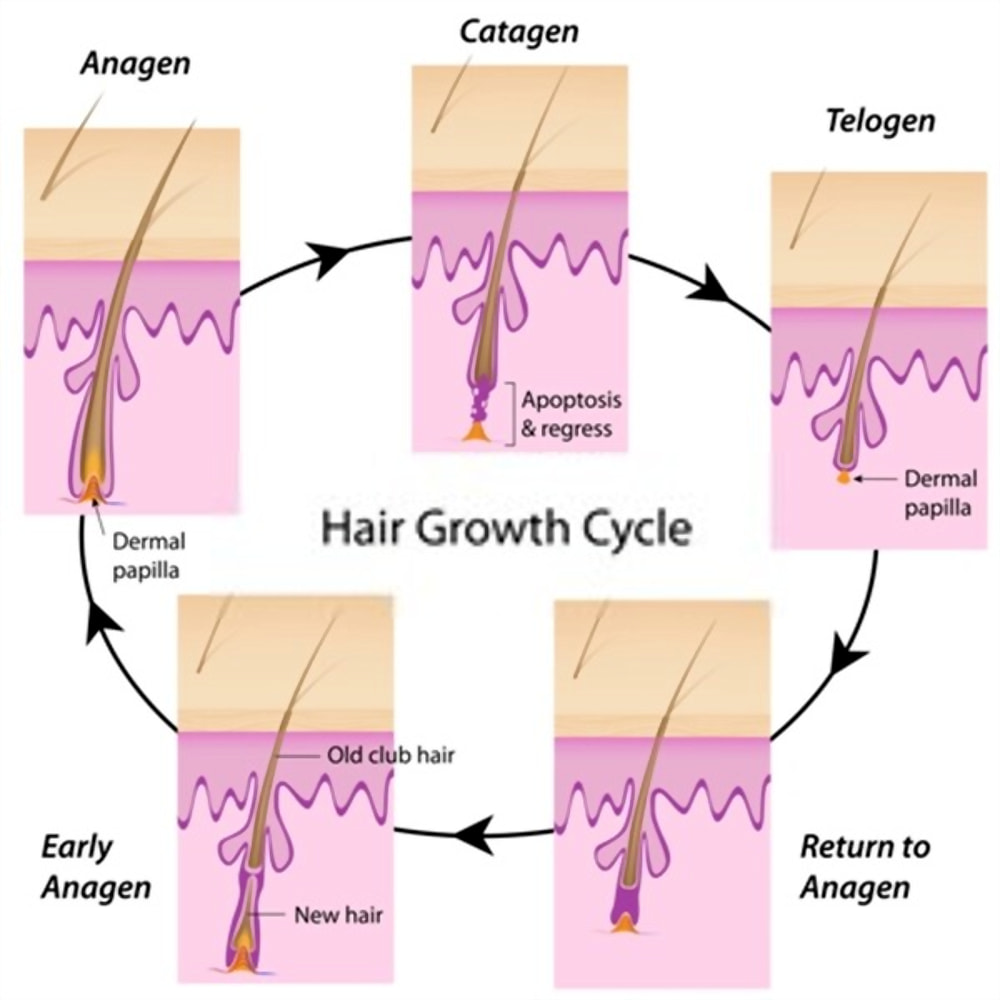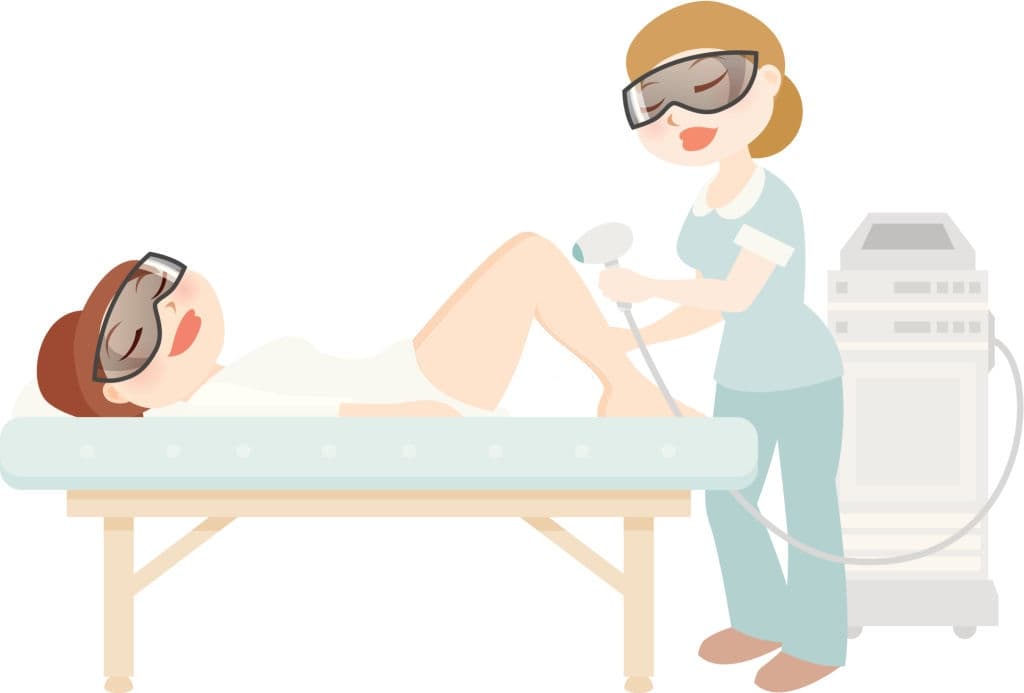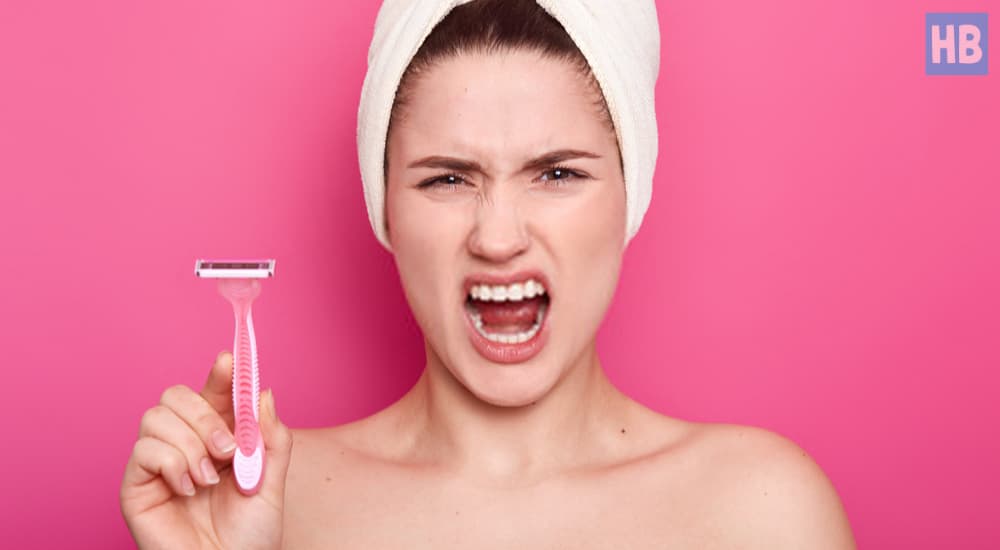Table of Contents
The summer season is an opportune time to get away with showing more skin. During this period, two of the top hot topics among women are shaving and laser hair removal. Shaving is the most common hair removal method while laser hair removal is at the opposite end. Both are of the same kind but they vastly differ in the procedure, pain level, and cost.
That being said, is shaving a safe move after getting a laser hair removal treatment? The short answer is yes. For some reason, many believe otherwise when in fact, laser technicians have already given the go-ahead for shaving.
Laser hair removal aims to destroy your hair follicles to stop the hair growth. As such, even if you shave before or after laser hair removal treatments, it won’t mess with the results of the treatment.
Understanding the hair growth cycle
Unlike some hair removal methods, laser hair removal treatment works well with shaving. In fact, shaving is highly recommended with this method. Before your laser appointment, you have to shave so the treatment has an unobstructed view when targeting the hair follicle.
Did you know that every hair strand grows at different rates? That's why multiple laser sessions are required with a couple of weeks part to achieve complete hair removal.
The hair growth cycle is a defining factor in the whole hair removal process. Humans aren’t genetically created to experience seasonal hair shedding, unlike other mammals. Rather, the shedding of hair happens randomly depending on what phase of the growth cycle each hair is at.
Have you noticed how some hair grow faster while others are remarkably slower? Simply because each hair is in a different phase of the growth cycle. These phases of hair growth are as follows:

1. Anagen Stage
Also known as the active phase, the hair is at the anagen stage when it's starting to grow. The new hair replaces the hair that has moved past the anagen stage. If your hair is visible and has grown beyond your skin's surface, those are indications that it's in the anagen stage.
The time frame for this phase ranges from 30 to 45 days, which explains why laser hair removal sessions are given several weeks apart. It's the perfect time for lasers to remove the hair since the hair is still connected to the follicle.
2. Catagen Stage
The second phase is the catagen stage, which happens when the hair stops developing. At this point, the hair detaches itself from the follicle and sheds from the body. Hence, a laser procedure isn't ideal at this phase since it can't penetrate the follicle.
The catagen stage lasts for two days, so most likely, your laser treatment won't fall at this period.
3. Telogen Stage
Lastly, the final phase of the hair growth cycle is called the telogen stage, in which hair follicle is already dormant. Once the hair sheds, it could take days or years for it to grow back.
Telogen stage is extremely unpredictable, and laser hair removal isn't feasible during this time. This is why women sometimes see hair growth years later in the area treated with laser hair removal.
Can I shave in between laser hair removal treatments?
Definitely yes!
It's perfectly fine to shave your unwanted body hair after or in between sessions. On the surface, laser treatment may contradict the old-school hair removal methods, but there's a good reason why it's good to shave in-between treatments.
In most cases, a laser hair removal procedure requires multiple treatments, especially in large areas. Therefore, you'll likely see some hair growing back in the treated area. Don't worry because that's a common effect. Besides, the hair will become lesser in number and finer in appearance with each treatment.
When you undergo laser hair removal, it's recommended to shave, but definitely, no waxing, bleaching, epilating, tweezing or threading the re-growth. That is because other than shaving, the use of those hair removal methods will cancel out the efficacy of the laser.
For instance, bleaching removes the melanin in the hair, which renders the laser ineffective since it works by targeting the melanin in the hairs. With waxing, epilating, tweezing and threading, they pull the hair off from the follicle so the laser is unable to aim for the follicle long enough to destroy it.



When is the right time to shave after laser hair removal procedure?
Ideally, you should give the treated area 10 days before you can shave the hair. The reason for this is because when you receive laser hair removal treatments, the hair will spur out within the next 5 to 14 days before the shedding stage occurs.
Wait time of 10 days can boost the shedding stage so the new growth can easily come through. The re-growth will be patchy and fine hair. It's not advisable to shave before this time frame as all hair is yet to come through. Put simply, for best results, only use a razor around the 10th post-laser treatment day.
tips for shaving before and after laser hair removal?
1. Before Treatment
After Treatment
The ultimate merit about completing all your hair removal treatments is that you'll never have to spend a significant amount of time and effort maintaining the area. Removing your unwanted body hair for good lets you enjoy smooth and clear skin, sans irritation, razor bumps, ingrown hairs, and the like.
Conclusion
Before fully committing yourself to get laser hair removal, it always pays to do your homework. Once you've signed up for it, you'll need to take care of the treated area as much as you can.
Furthermore, it bears repeating that getting new hair even when you’ve had hair laser removal is completely normal and common. So, if this happens, no need to jump into conclusions saying that the method isn’t working for you. Be patient and wait until after multiple sessions.
Anyway, we've already covered that shaving is okay after laser treatment, so you're good to go. With a good razor, it'll be easy peasy to deal with those new, tiny hairs. Just make sure to follow the tips above, and you'll be hairless in between treatments in no time.

